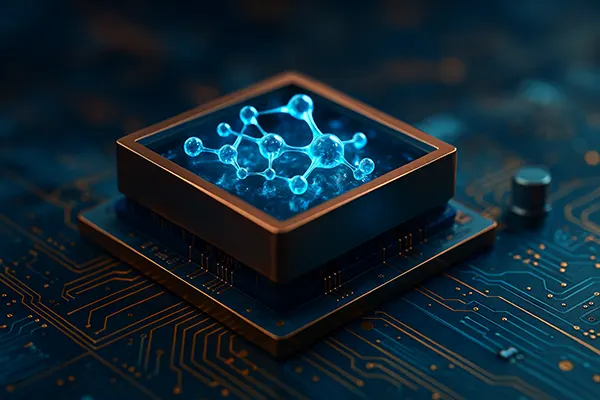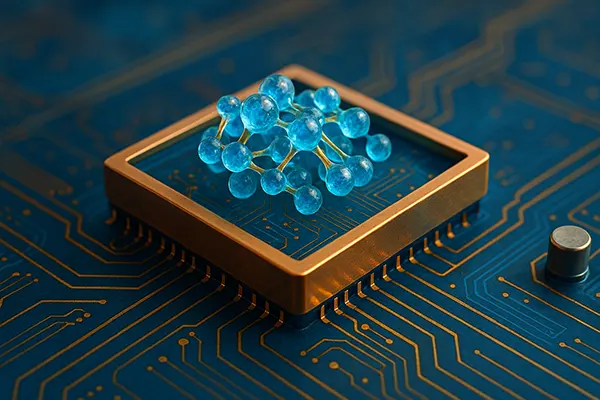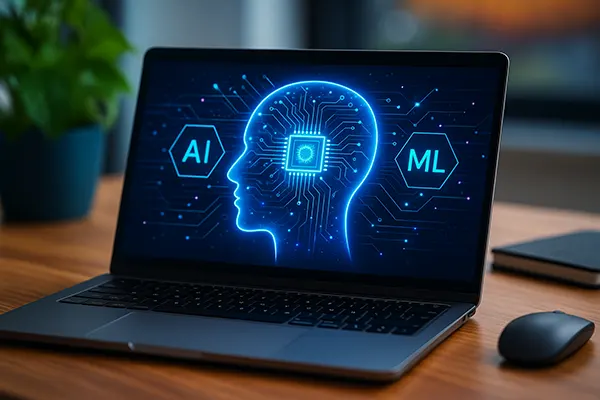
Nanocomputers in 2025: What Users and Developers Should Expect
Nanocomputers are no longer just a concept discussed in advanced research circles — in 2025, they are quickly approaching real-world implementation. These microscopic systems promise to redefine what we expect from computational devices. With growing investments and global interest from the tech industry and governments alike, nanocomputers could reshape several sectors, from medicine to defence. But what makes them so different, and what does this mean for everyday users and engineers?
What Are Nanocomputers and How Are They Different?
Nanocomputers are computational systems built at the nanometre scale — usually between 1 and 100 nanometres. Unlike microcomputers or miniature PCs, which are still based on conventional semiconductor principles, nanocomputers can leverage quantum effects, molecular switches, or even DNA-based computation.
Their design goes far beyond size. These systems operate with unparalleled energy efficiency, potentially functioning with a fraction of the power needed for traditional chips. They can also integrate directly into organic environments, which is why their role in medical and biological applications is so promising.
Another critical difference lies in the architecture. Traditional devices rely on silicon-based processors, but nanocomputers may utilise carbon nanotubes, quantum dots, or even neuromorphic designs that mimic human neural pathways — leading to faster and smarter data processing.
Comparison with Micro and Mini PCs
While mini PCs and microcontrollers have brought computing into more compact formats, they still operate within the same technological paradigm as full-sized systems. They scale down power and size but do not offer fundamentally new computational models.
Nanocomputers, in contrast, bring novel hardware that may eventually replace classical transistor-based logic altogether. This makes them not just smaller devices, but a whole new class of machines capable of performing tasks in previously inaccessible environments, such as inside human cells or extreme industrial settings.
Additionally, micro and mini PCs are limited by thermal and material constraints that nanocomputers, with their atom-scale components, may be able to overcome. This opens doors to building computers directly into materials, textiles, or biological systems.
Key Areas of Application in 2025
In medicine, nanocomputers are being explored for use in targeted diagnostics, drug delivery, and even internal cell repair. These capabilities hinge on their ability to interact at the molecular level without invasive procedures, making them highly valuable for oncology and personalised treatments.
The defence industry also sees significant potential. Nanocomputers could be embedded into smart uniforms, surveillance systems, or even autonomous drones to process data locally with high speed and low power usage, increasing responsiveness and reducing the need for centralised computing.
In IoT ecosystems, nanocomputers might provide true edge intelligence. Their minimal energy needs and microscopic size make them perfect for embedding in physical infrastructure — from bridges and pipelines to agricultural soil sensors — enabling real-time data collection and analysis at scale.
Integration with Emerging Technologies
Nanocomputers are expected to integrate closely with AI and quantum computing in hybrid models. While still in early development, such integrations could support advanced inference engines directly in smart environments, including homes, factories, and healthcare facilities.
They are also likely to complement 6G and ultra-low-latency networks by enabling distributed processing. Instead of sending data to cloud servers, nanocomputers could analyse it locally and share only final outputs, saving bandwidth and ensuring faster response times.
Another exciting area is human-machine interfaces. Nanocomputers may become part of neurointerfaces or prosthetics, creating direct brain-to-device communication with minimal lag — a leap forward for accessibility and rehabilitation technologies.
What This Means for Users and Developers
For everyday users, nanocomputers could lead to devices that are far smaller, faster, and more adaptive than today’s wearables or smartphones. They may offer personalised medical diagnostics, on-body AI assistants, and even health-monitoring implants that silently support well-being.
Developers and engineers, however, face a new frontier. Designing for nanoscale systems involves disciplines beyond traditional computing — including chemistry, materials science, and biophysics. Interdisciplinary teams will be the new norm in this field.
In terms of software, programming nanocomputers will require new models — possibly based on biological processes or quantum algorithms — making it necessary for developers to acquire new conceptual frameworks and languages.
Will Nanocomputers Replace Traditional Gadgets?
While nanocomputers promise revolutionary change, they are unlikely to fully replace all conventional devices in the near term. Instead, they will coexist with current technologies, enhancing them in ways previously impossible.
For instance, traditional smartphones may incorporate nanocomputing components to improve biometric security, power management, or AI responsiveness, rather than being entirely supplanted.
Over the next decade, we may see nanocomputers become invisible helpers embedded within our environment — not a replacement, but an augmentation of our current digital lives.

Risks and Ethical Considerations
The rise of nanocomputers brings complex ethical issues. Their ability to operate undetectably raises concerns about surveillance and personal privacy. Without clear regulatory frameworks, these risks could grow in parallel with their capabilities.
Security is another challenge. Devices at the nanoscale are vulnerable to both physical and cyber threats that differ from traditional systems. Ensuring their safe operation in sensitive environments such as hospitals or defence infrastructure is paramount.
Additionally, questions about data ownership and consent must be addressed, especially in healthcare applications. The line between helpful monitoring and intrusive tracking is thin — and must be carefully navigated through robust legal and ethical standards.
Path to Responsible Development
Transparent development is essential. Companies and research institutions should publish their methodologies and results, engage with the public, and seek diverse stakeholder input during the design and deployment of nanocomputing solutions.
Cross-border cooperation is also crucial. Given their potential for misuse, international guidelines and verification systems will be needed to prevent weaponisation or unethical deployment of these powerful tools.
Education and inclusivity should be prioritised. From school curricula to open-access knowledge hubs, equipping the public and professionals with an understanding of nanocomputing will be key to its ethical and impactful integration into society.



